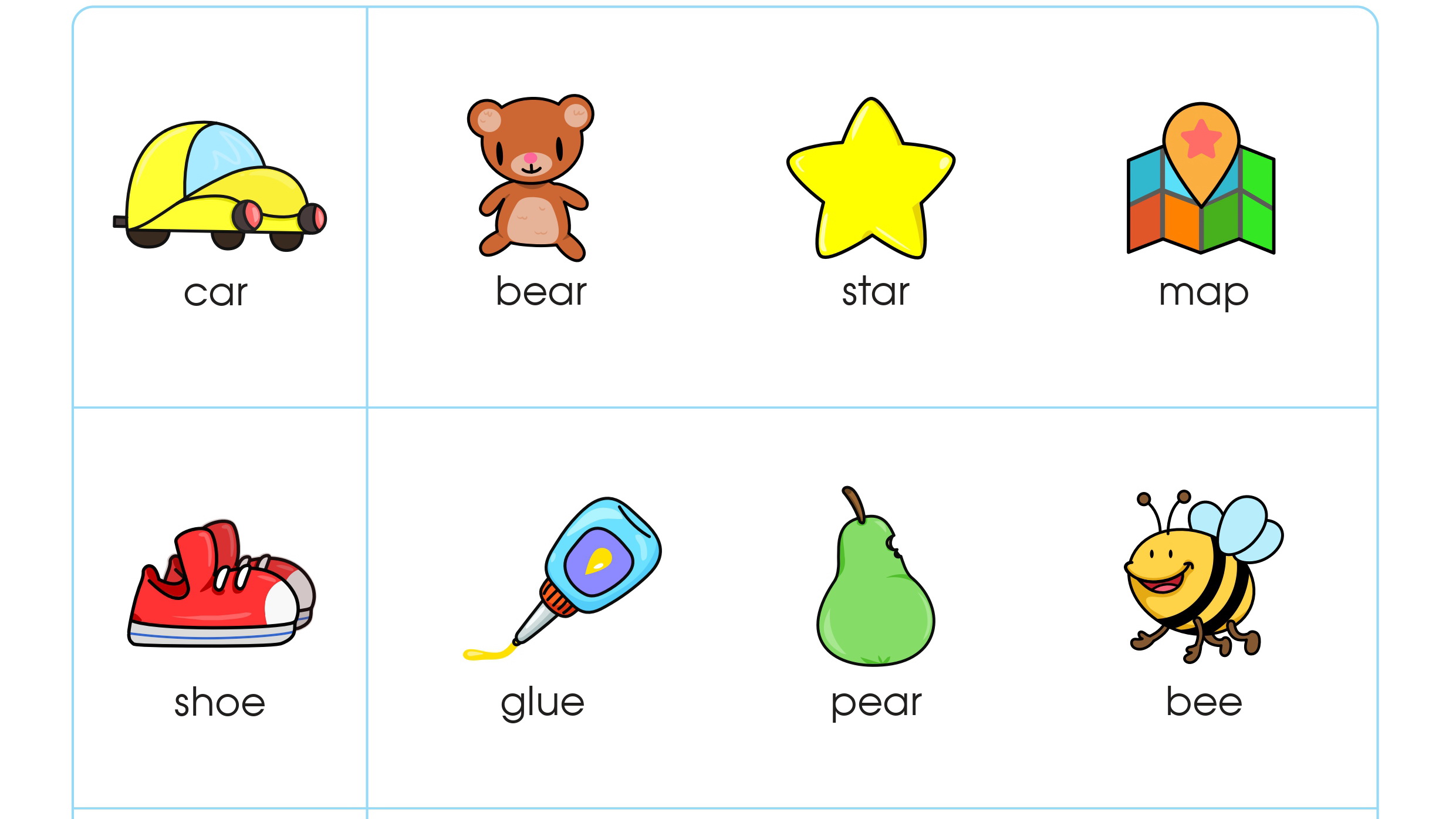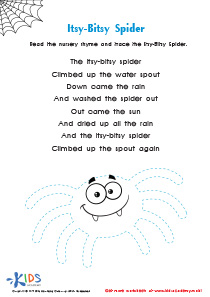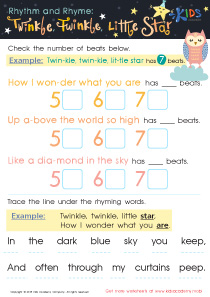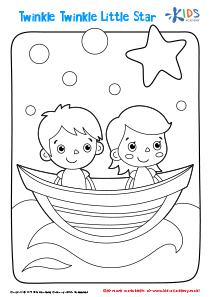Reading comprehension Nursery Rhymes Worksheets for Ages 3-8
3 filtered results
-
From - To
Introduce your child to the joy of reading with our "Reading Comprehension Nursery Rhymes Worksheets for Ages 3-8". These engaging worksheets are designed to enhance early literacy skills by immersing young learners in beloved nursery rhymes. Each worksheet focuses on key reading comprehension skills, such as understanding the main idea, recognizing rhyming patterns, and making text-to-self connections. Perfect for children aged 3 to 8, our printable resources make learning interactive and fun. Help your child build a strong foundation in reading by exploring familiar stories with delightful illustrations and thoughtfully crafted questions. Boost their confidence and love for reading today!
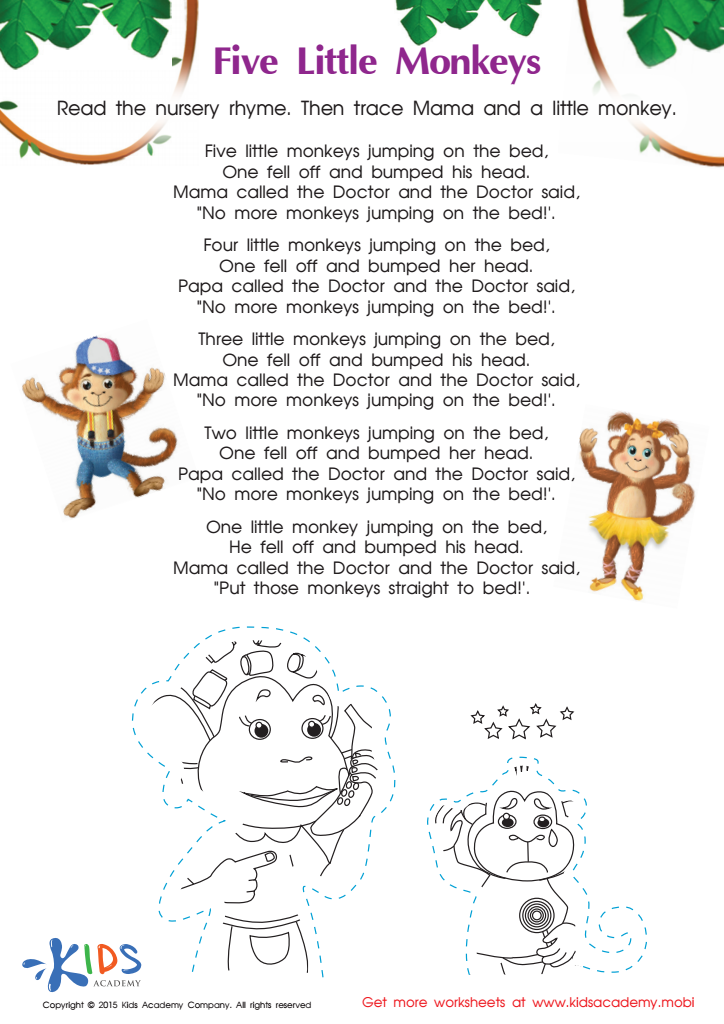

The Five Little Monkeys Nursery Rhyme Worksheet
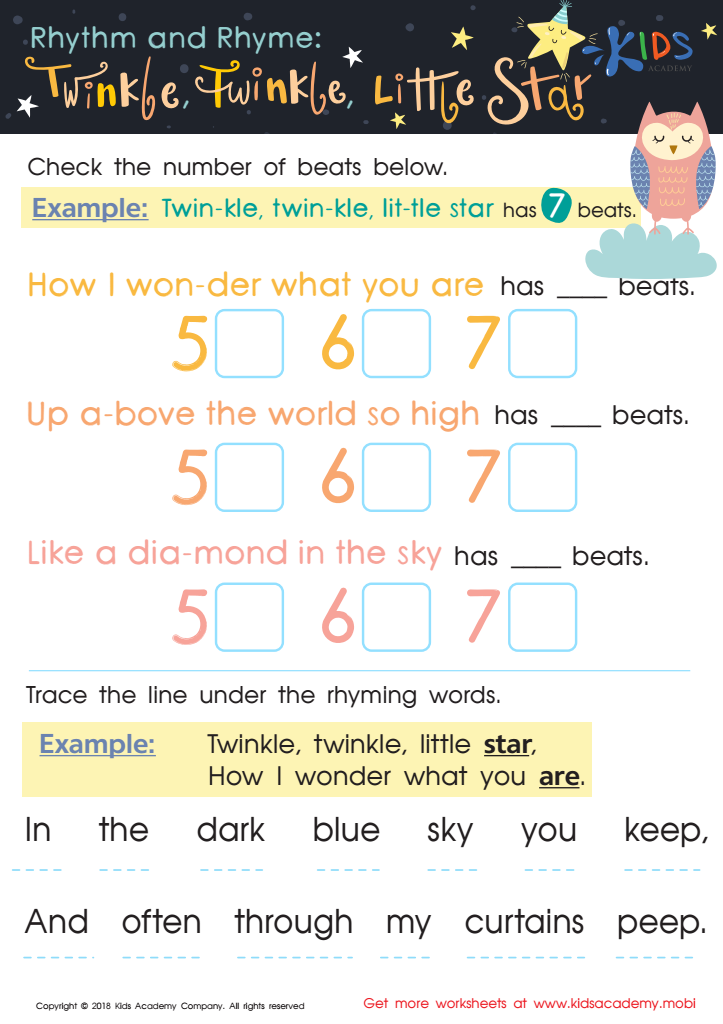

Rhythm and Rhyme: Twinkle, Twinkle, Little Star Worksheet
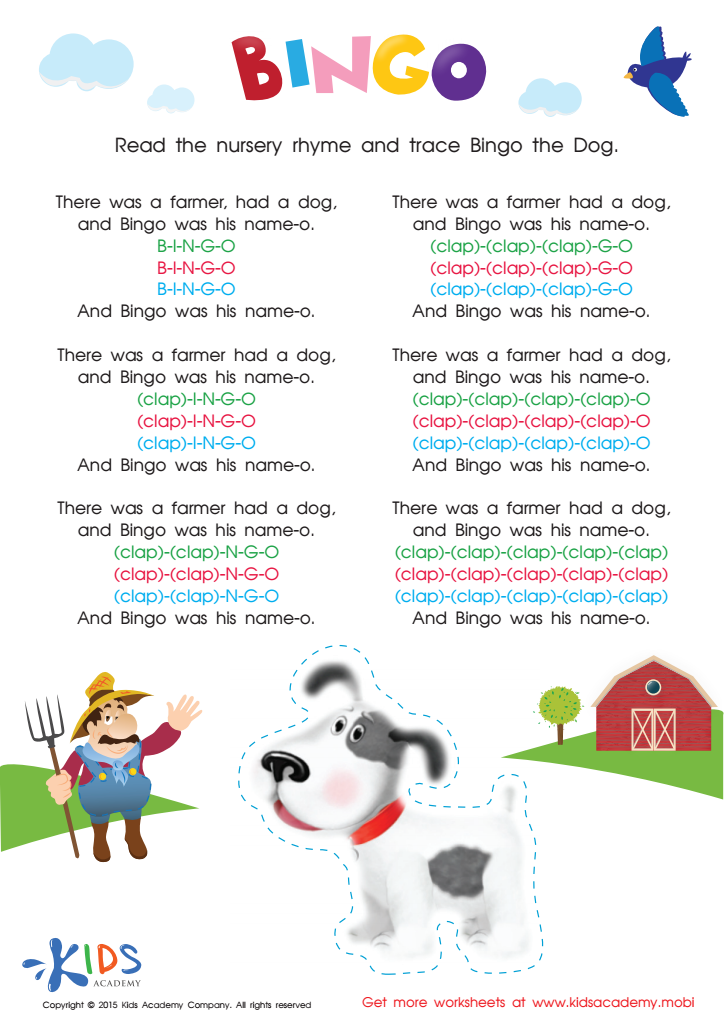

Nursery Rhymes: The Bingo Song Worksheet
Reading comprehension is a foundational skill that plays a key role in a child's cognitive and linguistic development, and integrating nursery rhymes into literacy education for ages 3-8 offers unique benefits. Parents and teachers should value nursery rhymes because they simplify the complexity of language into fun, memorable, and rhythmic patterns suitable for young minds.
Firstly, nursery rhymes enrich a child’s vocabulary by introducing new words and phrases in an engaging context. When kids understand the meaning and narrative of rhymes, they make connections between words and concepts, boosting their language skills.
Secondly, nursery rhymes often contain simple storylines that help children grasp basic comprehension skills such as sequencing, prediction, and recall. Knowing what happens first, next, and last in a rhyme strengthens memory and critical thinking.
Moreover, the repetitive and musical nature of nursery rhymes aids in phonemic awareness—the ability to hear and manipulate sounds—which is crucial for reading proficiency. Rhymes also instill a love of reading from an early age. By fostering an enjoyable and rewarding literary experience, children are more likely to develop life-long reading habits.
In summary, nursery rhymes are essential for early reading comprehension as they blend vocabulary building, narrative understanding, phonemic skills, and foster an enduring enthusiasm for reading.
 Assign to My Students
Assign to My Students









